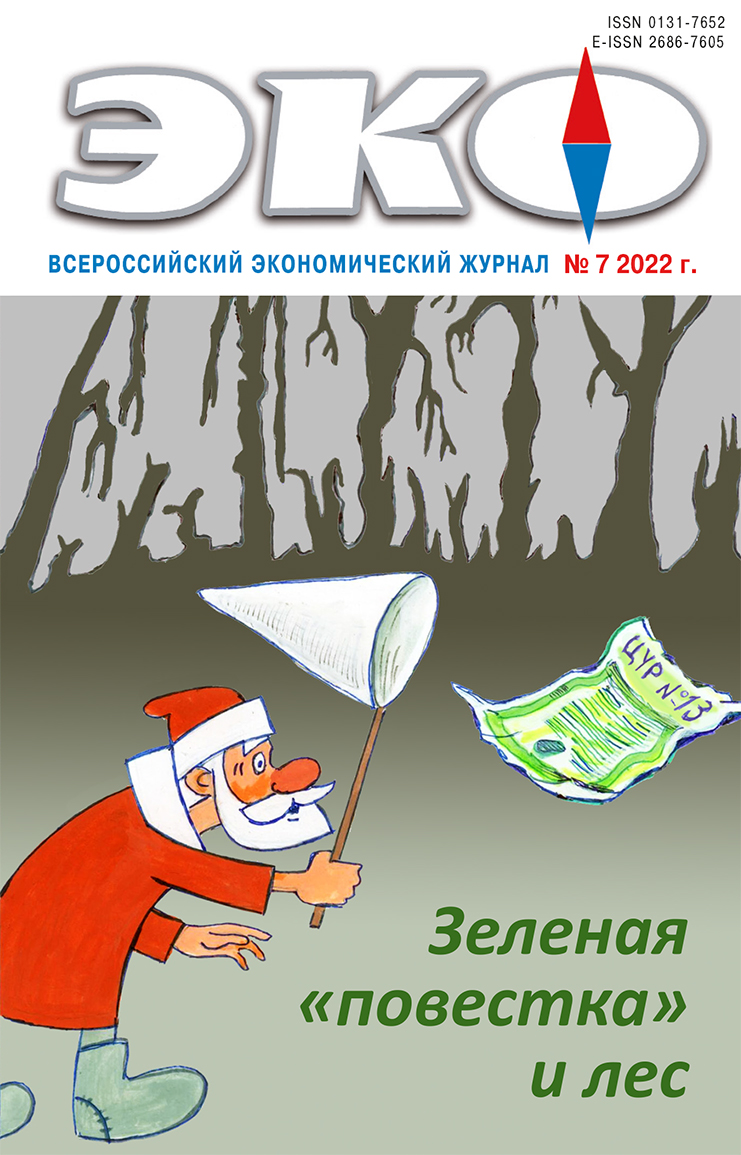ECONOMY SECTORS AND MARKETS
The Transport Network of the Asian Part of Russia: Some Lessons from History and the Present Day
Published 2022-07-05
Keywords
- eastern vector; transport system; national security
How to Cite
1.
Malov В. The Transport Network of the Asian Part of Russia: Some Lessons from History and the Present Day. ECO [Internet]. 2022 Jul. 5 [cited 2025 Nov. 29];52(7):99-113. Available from: https://ecotrends.ru/index.php/eco/article/view/4472
Abstract
The importance of both the resources and the territory of Asian Russia itself in the context of anti-Russian sanctions has increased. Theses about “torn masks” from a number of Western countries and the “new world order” confirm the necessity of a real shift of productive forces to the East and the North. The Russian President’s instruction to prepare projects for a new port on the Barents Sea, Indiga, and a section of railroad (Barentskomur) connecting this port with the Russian railroad network is not accidental. The weak transport infrastructure of the Asian part of Russia may become the main constraint not only on the way of forming its new spatial structure, but also a brake on the way of restoring and strengthening the country’s position in the world economic system.References
- Азиатская часть России: моделирование экономического развития в контексте опыта истории / Отв. ред. В. А. Ламин, В. Ю. Малов. Новосибирск: Изд-во СО РАН, 2012, 450 с.
- Жилинский А.А., Россия на Север. Архангельск, 1918. 153 с.
- Ламин В. А., Пленкин В. Ю., Ткаченко В. Я. Глобальный трек: развитие транспортной системы на востоке страны. Екатеринбург: УрО РАН, 1999. 200 с.
- Мобилизационная стратегия хозяйственного освоения Сибири: программы и практики советского периода (1920–1980-е гг.) / Отв. ред. Тимошенко А. И. Новосибирск: Параллель, 2013. 382 с.
- Могилевкин И. М. Транспорт и коммуникации. Прошлое. Настоящее. Будущее. М.: Наука, 2005, 358 с.
- Траектории проектов в высоких широтах / Под ред. Ю.В, Неелова, А. В. Артеева, В. А. Ламина, С. Е. Алексеева, В. Ю. Малова. Новосибирск: Наука, 2011. 440 с.

